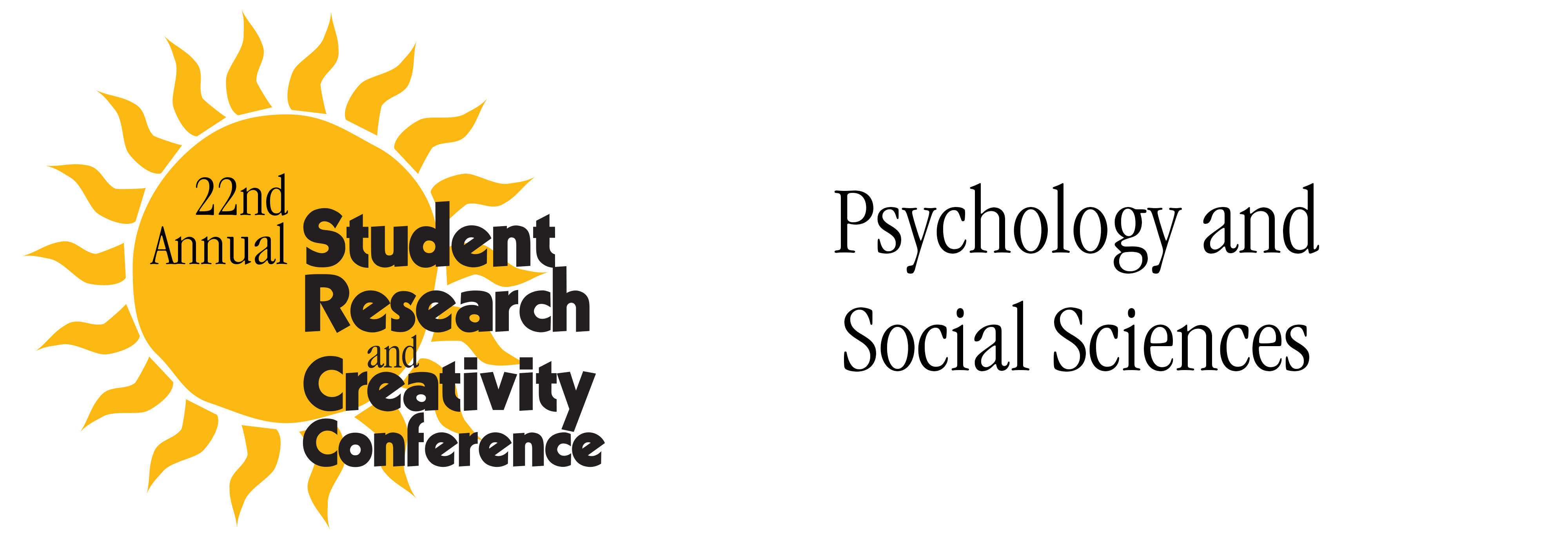
Files
Download Full Text (419 KB)
Description
Kristin Czajka, Biopsychology and Michael Brzyski, Psychology
Faculty Mentor: Professor Naomi Mckay, Psychology
Salivary alpha amylase (sAA), an enzyme that hydrolyzes starch into glucose, is reliably used as a stress biomarker, yet its association with stress eating is not well understood. The current study aimed to determine if self-categorization of stress eating was predictive of stress-induced elevation in sAA and whether this elevation in sAA was indicative of a reduction in self-rated hunger and self-rated palatability. Participants underwent the Trier Social Stress Test, a reliable acute laboratory stressor, and completed a battery of questionnaires measuring personal characteristics, eating patterns during stress, hunger, food liking, and anxiety. Saliva samples were collected at various points throughout the study. It was predicted that those who reported being stress under-eaters would show a greater increase in stress-induced sAA than individuals who reported being stress over-eaters, or reported no dietary change during stress. Results were not significant F(2) = 1.09, p = .403. Additionally, a negative correlation between sAA and self-rated hunger was predicted. While results were not significant (r(9) = -.359, p = .279), the pattern supports the hypothesis. Lastly, a negative correlation between sAA and self-rated palatability of healthy and unhealthy food items was predicted. While results were significant for healthy food (r (9) = .723, p = .012), the pattern was in the opposite direction of the hypothesis. Results were not significant for unhealthy food (r(9) = .095, p = .781). With that said, it is likely that sAA may still have implications for changes in dietary behaviors during times of acute stress.
Publication Date
2020
Recommended Citation
Czajka, Kristin and Brzyski, Michael, "Salivary Alpha Amylase: An Affect of Identifying as a Stress Eater" (2020). Psychology and Social Sciences. 22nd Annual Student Research and Creativity Conference. SUNY Buffalo State.
https://digitalcommons.buffalostate.edu/srcc-sp20-psychsocsci/12



